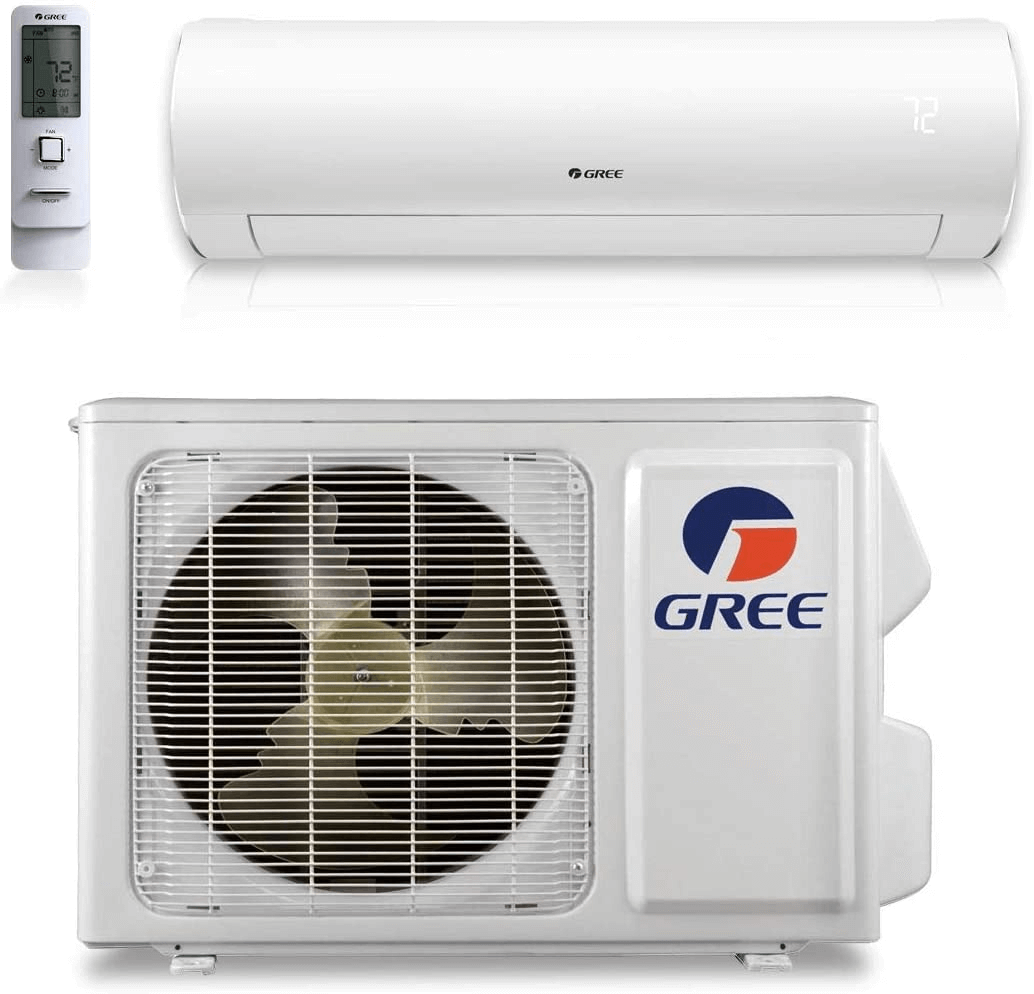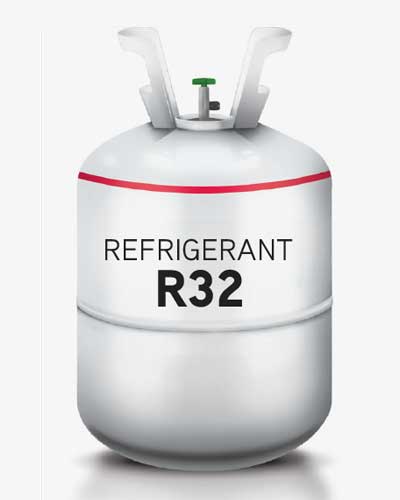
Floor-Mounted Mini-Splits: The Comprehensive Guide
In the evolving world of HVAC, the ductless mini-split system is quickly garnering acclaim for both its efficiency and adaptive design. Among the myriad of configurations available, the floor-mounted mini-split stands out, especially among HVAC contractors and savvy homeowners. Not only does it offer the cost-effective advantages inherent to ductless systems, but its unique placement and aesthetics also offer a fresh take in indoor climate solutions. Let's delve deeper into what makes floor-mounted mini-splits a top choice and how they differ from their traditional counterparts.
Understanding the Floor-Mounted Ductless Mini-Split
Situated near the base of a wall, the floor-mounted ductless air handler is a pivotal component of a larger mini-split system. What sets it apart from the conventional HVAC units is its duct-free operation. Instead of relying on extensive and often intrusive ductwork, these systems utilize an indoor handler and an outdoor unit, seamlessly connected by a refrigerant line. This conduit, discreetly positioned through a minimal wall opening, ensures efficient temperature management. While their operation mirrors that of conventional HVAC systems in many aspects, their design and installation flexibility makes them a favorite for modern spaces.
The Rising Demand for Floor-Mounted Mini-Splits: What Contractors Need to Know
The HVAC world is no stranger to innovation, and the rise of floor-mounted mini-splits is a testament to that. For contractors, understanding why these units are gaining traction is crucial. Not only does it highlight market trends, but it also helps in providing value-added advice to clients.
Compact and Convenient: Floor-mounted mini-splits are designed to sit at the base of a wall, making them an excellent fit for spaces with limited wall area or where window units might not be practical. For contractors, this means a wider range of installation options to present to clients who may be dealing with unique architectural challenges.
Optimal Comfort for End-Users: Given their proximity to the floor, these units efficiently distribute air at the level where most people live and breathe. Contractors can assure their clients that these units will offer consistent comfort, especially in rooms with high foot traffic or areas where occupants frequently sit, like living rooms or offices.
Streamlined Installation Process: Without the need for comprehensive ductwork, floor-mounted mini-splits simplify the installation process. This means contractors can reduce labor hours and potential challenges, offering clients a quicker, more affordable solution.
Efficiency Equals Savings: One of the top selling points contractors can emphasize to clients is the energy efficiency of mini-splits. These systems can significantly cut down on monthly utility bills, making them an attractive option for budget-conscious homeowners and businesses. Easy Maintenance: Given their accessible location, floor-mounted units simplify routine check-ups. Contractors can reassure clients that ongoing maintenance, from filter replacements to general inspections, will be hassle-free.
Eco-Friendly Option: Many property owners are now actively seeking green solutions. Contractors can pitch floor-mounted mini-splits as an energy-efficient, environmentally-friendly choice that aligns with modern sustainability goals. By tapping into the advantages of floor-mounted mini-splits, contractors can cater to the evolving demands of their clients, positioning themselves as knowledgeable, up-to-date professionals in the HVAC industry.
By tapping into the advantages of floor-mounted mini-splits, contractors can cater to the evolving demands of their clients, positioning themselves as knowledgeable, up-to-date professionals in the HVAC industry.
How do Floor Mounted Mini-Splits Work?
Floor-mounted ductless air handlers provide a streamlined alternative to the traditional HVAC systems most contractors are familiar with. Like their name suggests, these units operate without the need for expansive ductwork to distribute air throughout a home or building. Instead, with a floor-mounted mini-split system, individual units are placed in specific rooms or zones, allowing for more precise temperature control in each area. This design is efficient and ensures that clients can adjust conditions based on the needs of each room or space.
At the core of the system is the indoor unit, placed strategically at floor level, which releases the conditioned air directly into the environment. This unit is tethered to an outdoor unit through a discreet refrigerant line. This external unit functions dually as a condenser and compressor. Its job? Efficiently extracting and releasing heat from the interior spaces, ensuring optimal energy utilization.
Tips for Effective Floor-Mounted Ductless Air Handler Positioning
For HVAC contractors, ensuring that a floor-mounted mini-split system is installed effectively is paramount, as it guarantees the optimal functioning of the system. Here's what contractors need to consider:
Unobstructed Space: Ensure the system is placed at least six inches above the ground and is free from any nearby obstructions such as furniture or appliances. Such blockages can compromise the unit's heating or cooling efficiency.
Avoid Direct Sunlight: Positioning is not just about interior considerations. Ensure the unit is installed in a location not directly exposed to sunlight. When subjected to the sun's warmth, the system may struggle to measure room temperatures accurately.
Installation Considerations for Floor-Mounted Units
When looking to optimize the performance of floor-mounted mini-splits, it's crucial for HVAC contractors to consider several aspects during the installation process. These considerations not only ensure efficient operation but also prolong the life of the unit.
Clearance from the Ground: Although the unit's very essence is being floor-mounted, it's vital to remember that maintaining a certain distance from the ground is paramount. This clearance ensures unhindered airflow, aiding the system in operating at its peak efficiency. A unit too close to the floor may struggle to distribute air effectively, leading to potential cooling or heating inconsistencies.
Wall Strength and Support: Not all walls are created equal, and this becomes particularly evident when mounting heavy equipment. Before any installation, evaluate the wall's strength and structural integrity. Some walls, especially those that are thinner or non-load-bearing, might need additional reinforcements. This proactive step can prevent future complications and ensure the unit remains secure throughout its lifespan.
Airflow Path Considerations: Floor-mounted units have a distinct airflow path, primarily horizontal, making them quite different from their wall-mounted counterparts. It's essential to account for this when deciding on the unit's exact position. Ensure that the airflow isn't directed towards areas where it might cause discomfort, such as seating spots or sleeping areas. An optimal placement takes into account room layout, furniture positioning, and occupants' typical movement patterns, ensuring a comfortable environment post-installation.
Floor-mounted mini-splits signify a transformative leap in HVAC technology. With their versatility, efficiency, and adaptability, they offer homeowners a distinct approach to indoor climate control. For HVAC contractors, comprehending the intricacies of these systems is paramount. By referencing our detailed system documentation and utilizing our comprehensive system builder tool, contractors can ensure precision and expertise in every installation. These resources, developed with the needs of professionals in mind, provide valuable insights into both the technical and practical aspects of floor-mounted mini-split systems. As the HVAC landscape evolves, staying equipped with the most updated resources is indispensable. With the educational backbone our platform provides, contractors are poised to thrive, delivering unparalleled value to their clients and advancing their professional journeys.





